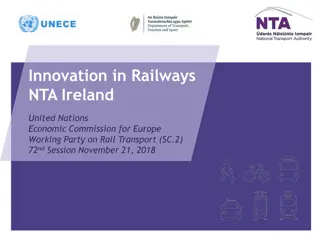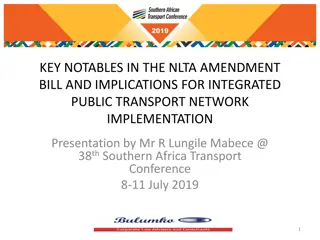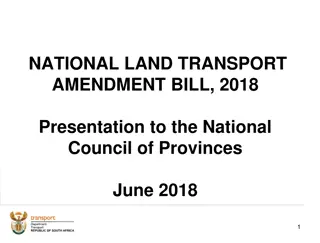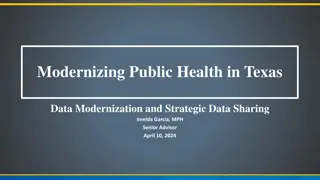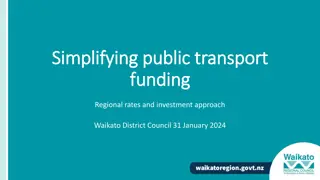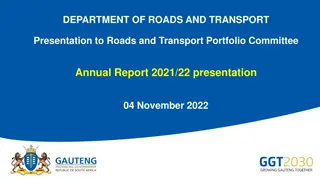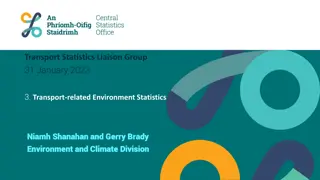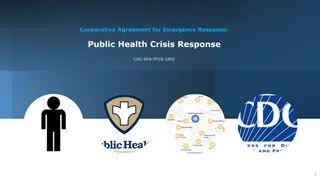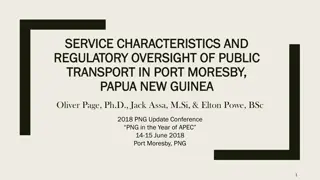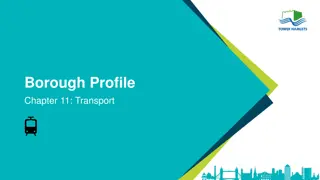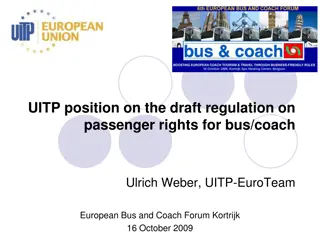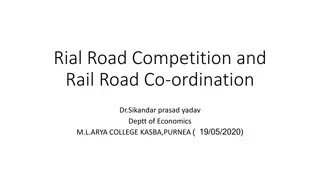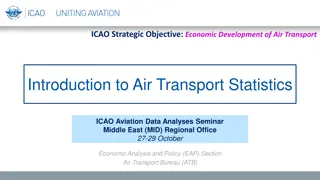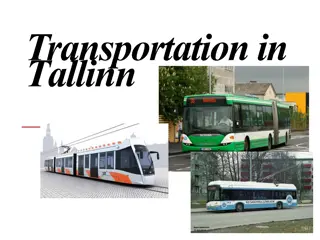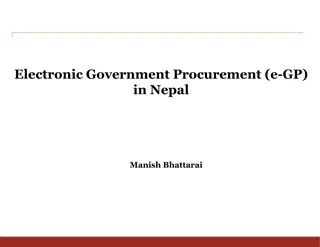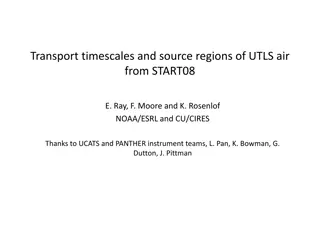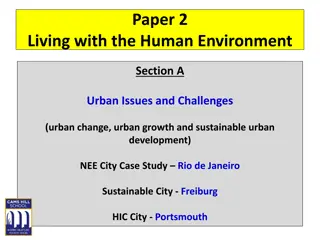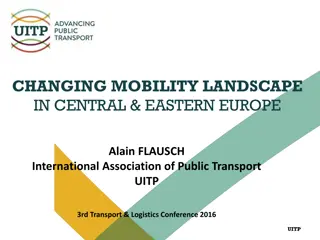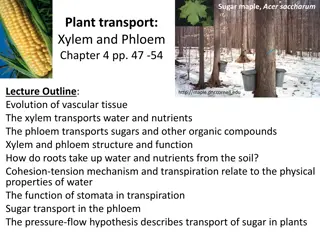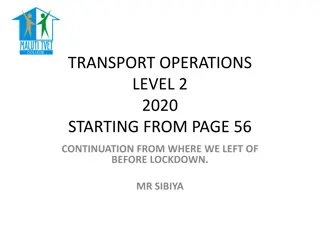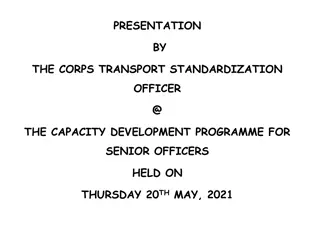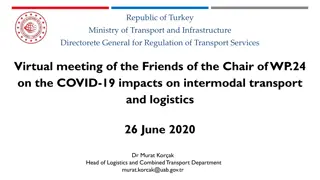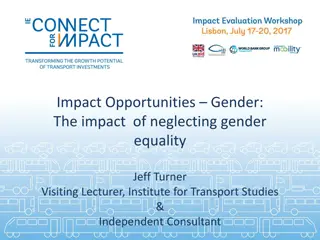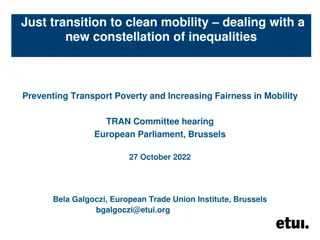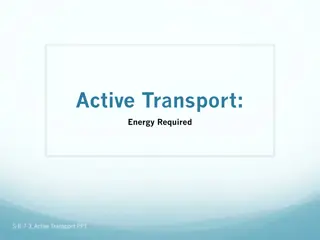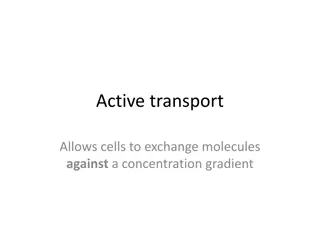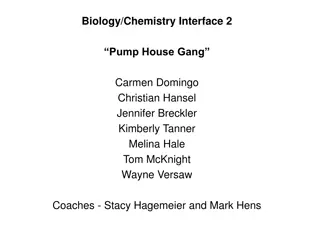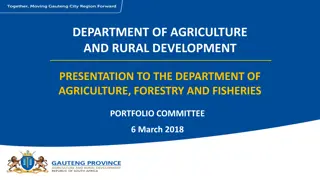Strengthening and Modernizing Public Transport for Sustainable Development
Strengthening and modernizing the public transport sector is crucial for achieving mitigation and sustainable development goals in Belize. Key stakeholders include financial and government institutions, as well as primary stakeholders such as citizens, the tourism industry, and transportation associations. The overall objectives of the National Appropriate Mitigation Action (NAMA) project involve capacity building, policy development, restructuring transportation systems, legislative reform, and contribution to national development objectives. Transformational changes include the National Transport Master Plan, sustainable development strategies, trade policies, energy reforms, and climate change actions. Interventions focus on data collection, gap analysis, enforcement of laws, modernization of buses and infrastructure, public awareness, and regulatory improvements. Financing mechanisms involve development banks, public funds, grants, and international cooperation for sustainable transport initiatives.
Download Presentation

Please find below an Image/Link to download the presentation.
The content on the website is provided AS IS for your information and personal use only. It may not be sold, licensed, or shared on other websites without obtaining consent from the author. Download presentation by click this link. If you encounter any issues during the download, it is possible that the publisher has removed the file from their server.
E N D
Presentation Transcript
Title Strengthening and Modernizing the Public Transport Sector to achieve Mitigation and Sustainable Development
Key Stakeholders Key Stakeholders -Financial Institutions -Government Institutions MFPSPU(customs), MEDPTC (BBS), MFFESD(DOE), MOWT, OPM, NCCC, AGM, SIB, MLLGRD
Primary Stakeholders Citizens of Belize Tourism Industry Belize Association of Planners Mayors Association NAVCO Bus Owners Association
Overall Objectives of NAMA X -Capacity Building & Institutional Strengthening -Develop Public Transport Policy -Restructure public transportation system (roads, buses) -Legislative Reform -Contribute to achieve the objectives of the NDC
Transformational Change National Transport Master Plan Growth & Sustainable Development Strategy National Trade Policy Framework Institute of International Industry Standards National Energy Policy Reform of customs imports policies, duties and fiscal incentives Capacity Building & Institutional Reform Public Education & Awareness Financial Incentives Revise & amend the legislation Clean fuel policy diversification of fuels Climate Change Policy, Strategy and Action Plan Horizon 2030 -SD X
Interventions Data collection, understanding of transport sector, BAU, analyzing gaps and identify the needs and barriers Avoid - Shift - Improve Enforcement of existing laws Import regulations (efficient standards, type of buses, etc.) Incentivize procurement of new buses & phase out old buses (tax & duties exemptions for imports of efficient units, licensing and renewals) modernization of standards, energy efficiency & quality standards, resource mobilization, improve infrastructure (roads, revise the designated bus stops & terminals, bus schedules) , public awareness campaign, design computerized ticketing system (e.g. boarding pass system), Regulate number of buses running in peak and non-peak
Finance mechanism Development banks - International and local (CDB, WB, IDB - soft loans for private sector Public funds policy, regulations, staff, incentives, integration CC considerations in the transport sector Grants International funds, GCF/GEF/ -technical support for developing energy efficiency standards, pilot projects, testing Bilateral cooperation (JICA, Belize-Mex cooperation framework, S- S cooperation) infrastructure, equipment, expertise for capacity building, technical assistance to develop standards Guarantees Private equity funds soft loans for private sector Credit Unions Revenues licensing, fees for road service permit, terminal fees,
Grant support (national and international) Capacity building Regulations Guarantees Institutional strengthening Public awareness and co Research, studies, data collection
Institutional arrangements Management and Funds NAMA Approver Ministry of Agriculture, Forestry, Fisheries, the Environment & Sustainable Development National Climate Change Committee Advisory National Climate Change Office- Coordination Establishment of Climate Change Trust Fund
Institutional arrangements - MRV Oversight Ministry of Works & Transport Ministry of Finance, Public Service & Energy Data Collection & Retrieval (MOWT, DOE, SIB) MRV System to be developed - NCO
Implementation steps and timeframe Target Timeline (months) 3 months 6 months Stakeholder Consultation Needs Assessment Gap Analysis Identification of Needs Data Collection & Baseline Analysis Institutional Strengthening(based on needs assessment) & Capacity Building 6 months TBA 18 months Ongoing Establishment of MRV System Establishment of Climate Change Trust Fund Completion of the National Transport Master Plan Development of Public Transport Policy 12 months 12 months



